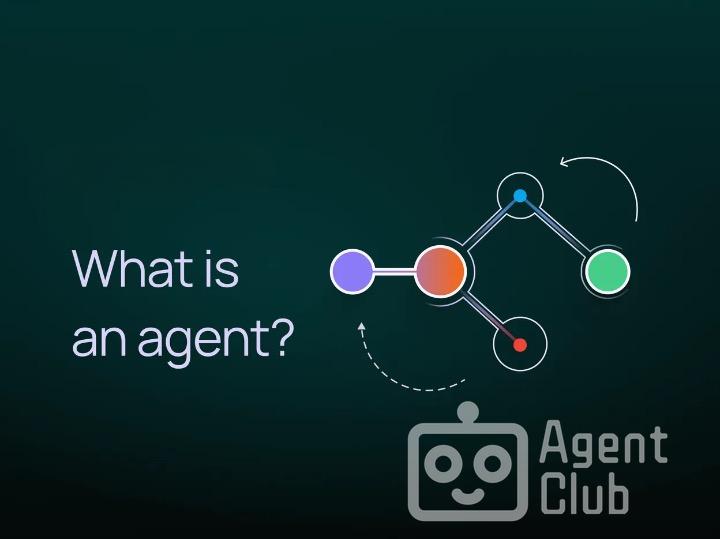Understanding AI Agents: A Spectrum of Autonomy

In the realm of AI, the term “agent” is frequently used, yet its definition often varies. At Agent Club, we view an AI agent as a system that utilizes a Large Language Model (LLM) to determine the control flow of an application.
This perspective emphasizes the agent’s role in decision-making processes within applications, allowing for dynamic interactions with data sources and computational tools.
The Spectrum of Agentic Behavior
Rather than categorizing systems as simply agents or not, it’s more insightful to consider the degree to which a system exhibits “agentic” behavior. This concept refers to the extent of autonomy and decision-making capability an LLM has within a system.
For instance:
- Router: An LLM directs inputs to specific workflows, exhibiting basic agentic behavior.
- State Machine: The system can make decisions about continuing or terminating processes, indicating a higher level of autonomy.
- Autonomous Agent: The system not only makes decisions but also builds and utilizes tools, remembers past interactions, and adapts future actions accordingly.
This gradation helps in understanding and designing AI systems with varying levels of complexity and autonomy.
Why Embrace the Agentic Perspective?
Recognizing the agentic nature of a system offers several advantages:
- Design Guidance: Understanding the desired level of autonomy aids in structuring the system’s architecture and choosing appropriate frameworks.
- Operational Efficiency: More agentic systems may require robust orchestration and monitoring tools to manage complex, long-running tasks effectively.
- Interactive Control: Higher autonomy necessitates mechanisms for real-time observation and intervention to ensure the system remains aligned with intended goals.
- Evaluation and Monitoring: Assessing both the outcomes and intermediate steps of agentic systems is crucial for performance optimization and reliability.
By adopting the agentic framework, developers and organizations can better navigate the complexities of AI system design and implementation, leading to more adaptable and intelligent applications.


